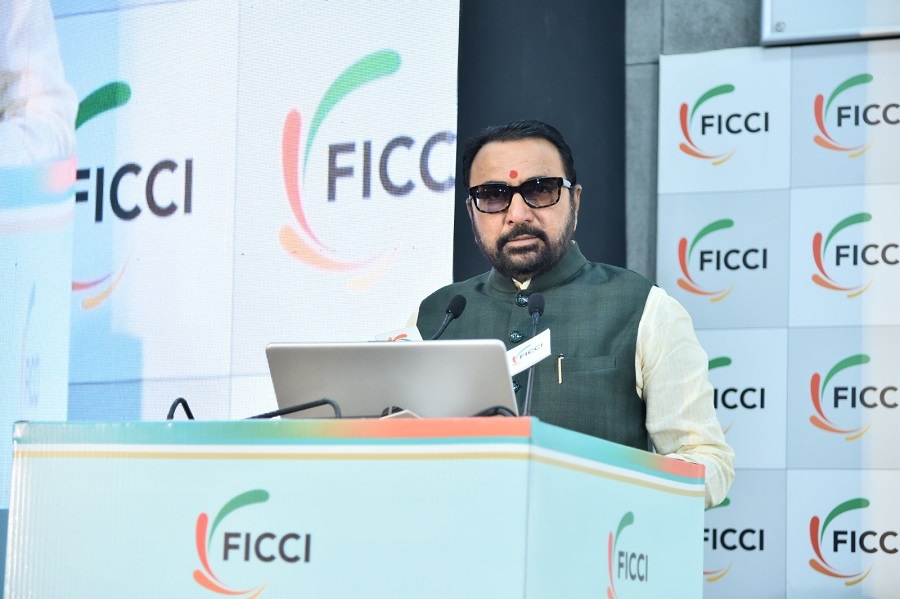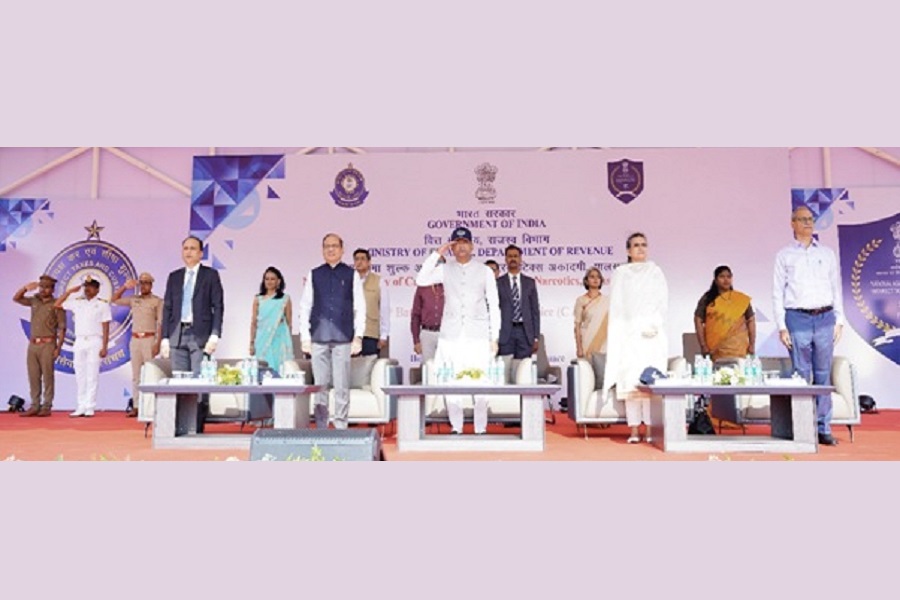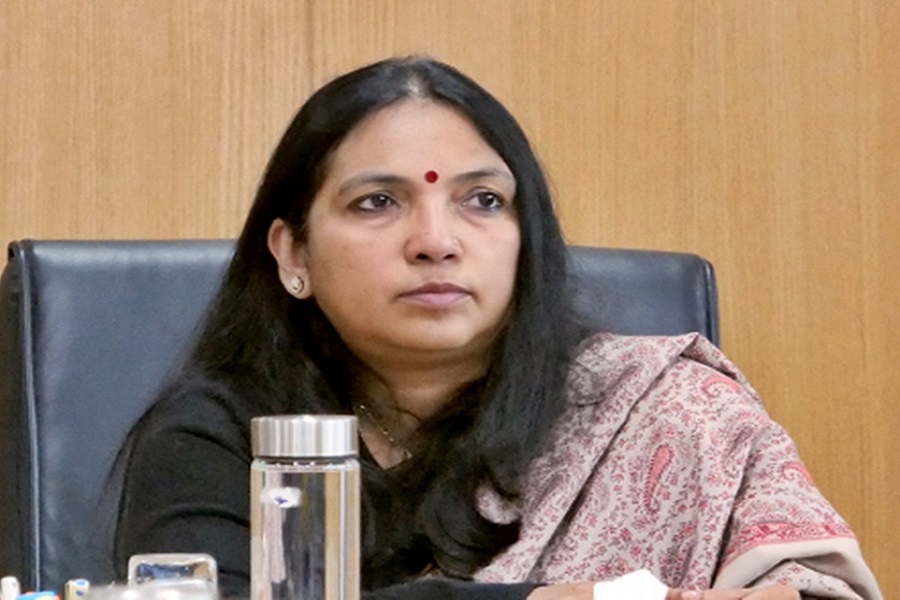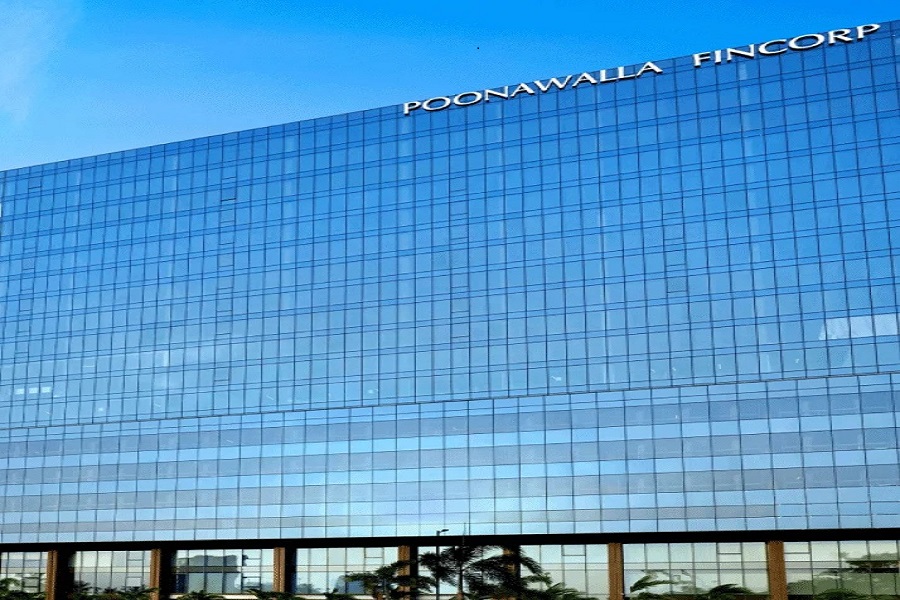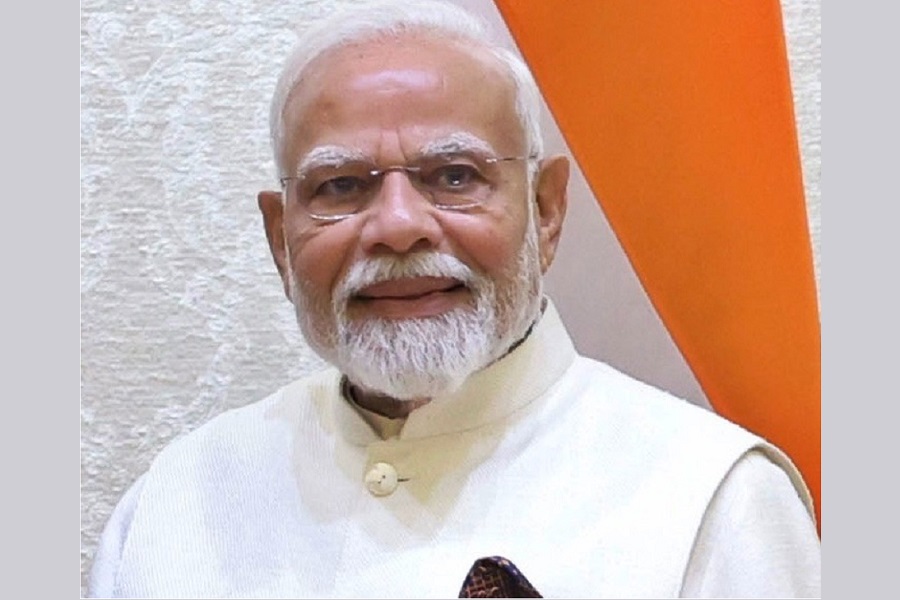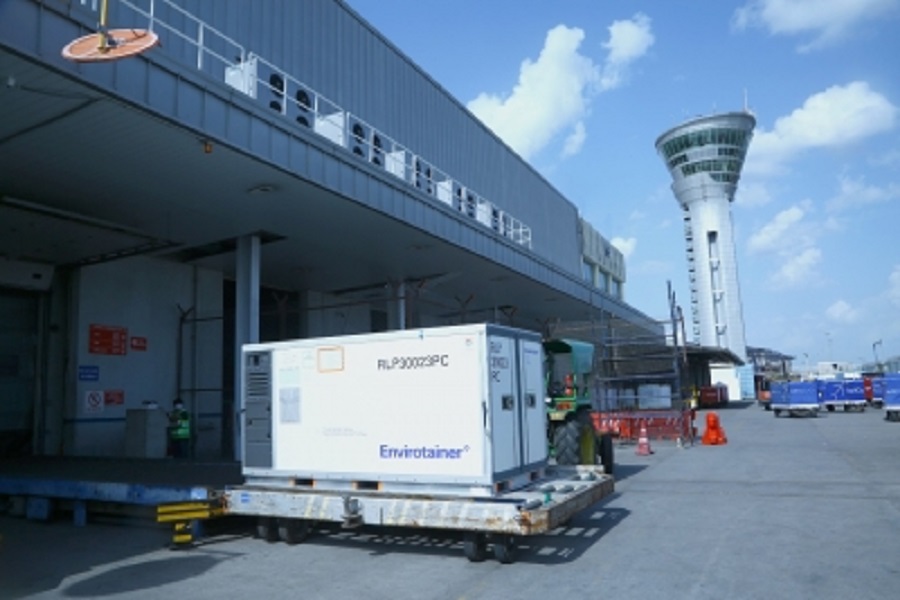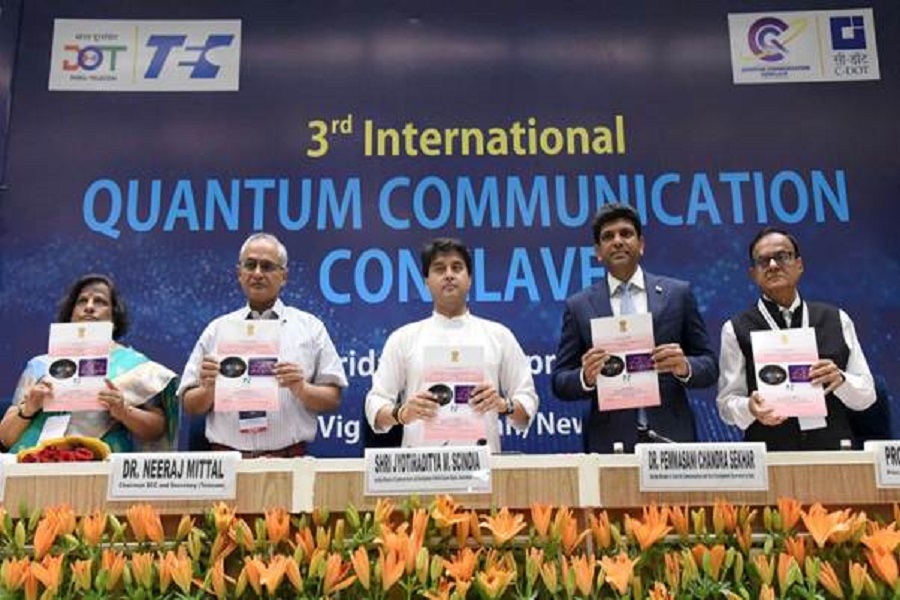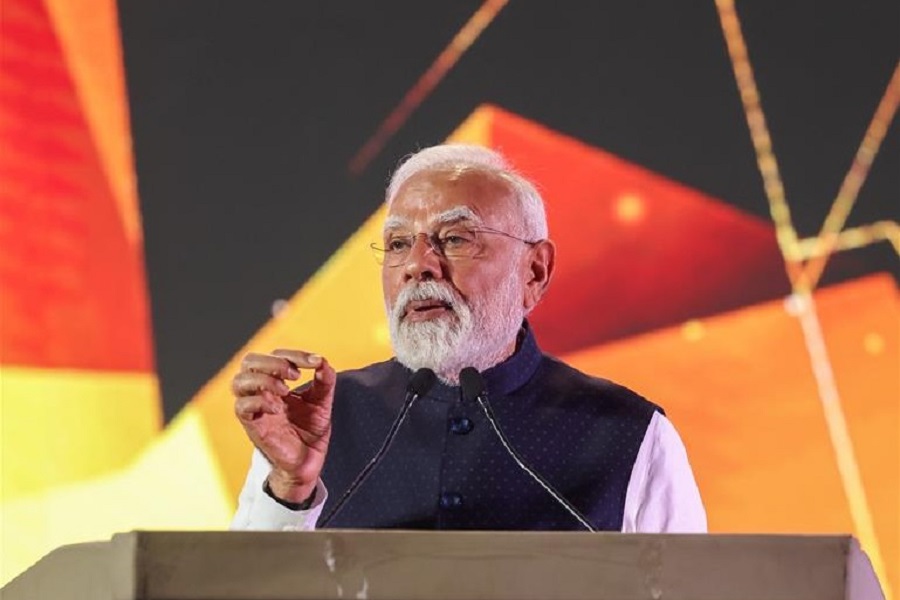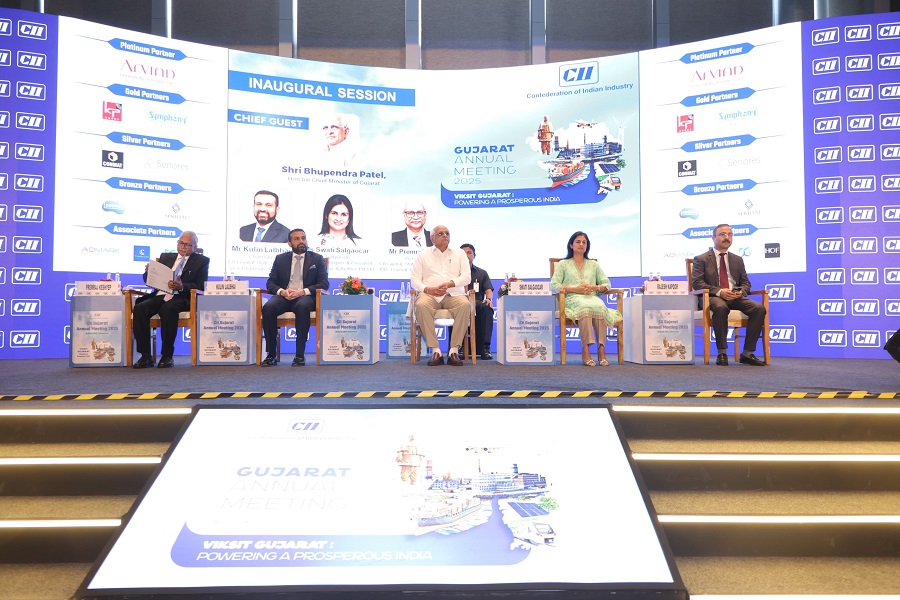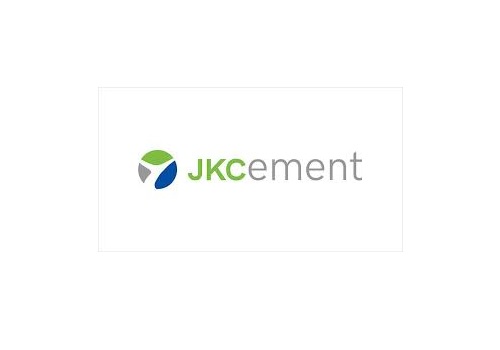Buy Reliance Industries Ltd For Target Rs.3,470 By JM Financial Services
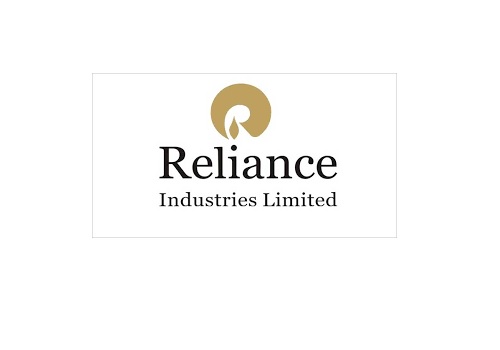
Weakness in O2C and Retail business drag earnings growth
RIL’s consolidated 2QFY25 EBITDA was 1.7% below JMFe and 3.5% below consensus at INR 391bn (up 0.8% QoQ, but down 4.7% YoY) due to slightly lower O2C and Digital EBITDA while Retail EBITDA growth was weak as expected. O2C business EBITDA at INR 124bn was 1.4% below JMFe due to slightly lower-than-expected GRMs (implied ~USD 7.1/bbl) and weak petchem margins, while E&P segment EBITDA was 1% above JMFe at INR 52.9bn. Digital EBITDA was slightly lower than JMFe at INR 161.4bn on higher subs loss at 10.9mn; that was, however, partly offset by higher tariff-hike-led ARPU at INR 195.1. Further, Retail business EBITDA continued to be muted at INR 58.6bn on weak Fashion and Lifestyle (F&L) demand, continued focus on streamlining of operations and calibrated approach to the B2B business. Capex rose QoQ to INR 340bn in 2QFY25 (vs. INR 288bn in 1QFY25); net debt also rose by INR 41bn QoQ to INR 1,164bn at end-2QFY25. We reiterate BUY on RIL (unchanged TP of INR 3,470) as we believe net debt concerns are overdone, and also because RIL has industry leading capabilities across businesses to drive robust 14-15% EPS CAGR over the next 3-5 years.
* Weaker-than-expected GRM led to O2C business EBITDA being 1.4% below JMFe at INR 124bn; E&P segment EBITDA 1% above JMFe at INR 52.9bn: O2C EBITDA at INR 124bn (down 5.2% QoQ and down 23% YoY on a high base) was 1.4% below JMFe – hence, implied GRM was ~USD 7.1/bbl vs. JMFe of USD 7.2/bbl (vs. ~USD 7.7/bbl implied in 1QFY25); further, implied petchem margin seems to have further weakened QoQ as expected. RIL’s overall O2C EBITDA margin was largely in line with JMFe at USD84/tn (vs. USD 89/tn in 1QFY25). However, E&P segment EBITDA was 1% above JMFe at INR 52.9bn in 2QFY25 (up 1.5% QoQ). KG D6 block gas output averaged ~28.5mmcmd and oil condensate output was at 21kbpd and continues to be in a similar range currently.
* Digital EBITDA, at INR 161.4bn, slightly lower than JMFe on higher subs loss at 10.9mn; that was partly offset by higher tariff-hike-led ARPU at INR 195.1: Digital segment EBITDA at INR 161.4bn (up 8.0% QoQ and up 14.7% YoY) was 1.3% below JMFe due to higher net subscriber loss at 10.9mn (vs. JMFe of 1.2mn addition) on account of sim consolidation among lower ARPU subscribers post the recent tariff hike; hence, monthly churn increased to 2.8%. However, ARPU was higher than JMFe at INR 195.1 (vs. JMFe of INR 194), up 7.4% QoQ due to partial follow-through of the recent tariff hike and a better subscriber mix; the management expects full impact of the tariff hike to flow through in the next 2-3 quarters. Jio standalone 2QFY25 revenue was slightly below JMFe at INR 285bn (up 7.3% QoQ and up 14.8% YoY). Further, opex was also a tad higher than JMFe at INR 82.4bn; hence, Jio’s standalone 2QFY25 EBITDA was 1.3% lower than JMFe at INR 152bn (up 8.6% QoQ and up 16.6% YoY); EBITDA margin was 53.4% in 2QFY25 (vs. 52.8% in 1QFY25). SG&A, access charges and other costs were higher than expected, but largely offset by lower network costs, licence fees and spectrum usage charges. Around 148mn subs migrated to Jio’s 5G network (vs. around 130mn at end1QFY25, over 108mn at end-4QFY24 and around 90mn at end-3QFY24); Jio’s 5G network now carries over 34% of Jio’s wireless data traffic (vs. over 31% at end-1QFY25, around 28% at end-4QFY24 and 25% at end-3QFY24). JioAirFiber continues to see strong uptake and engagement pan-India and Jio is the fastest growing wireless operator globally with over 2.8mn JioAirFiber connections at end-2QFY25 (vs. over 1.1mn at end1QFY25) and reiterated its target to connect 100mn homes at record speed (vs. 12.9mn subs at end-Jul’24). Hence, data usage per subs has risen 2.3% QoQ to 31GB/month driven by higher mix of 5G and home users.
* Retail EBITDA growth continued to be muted on weak F&L demand, continued focus on streamlining of operations and calibrated approach to B2B business: Retail gross revenue was weak for the 3 rd consecutive quarter, at INR 763bn (up only 0.9% QoQ and down 1.1% YoY); hence, Retail EBITDA was also muted at INR 58.6bn (up only 3.3% QoQ and up only 0.5% YoY), though it was 2.7% above JMFe muted expectation. The management attributed the muted growth to weak Fashion and Lifestyle (F&L) demand, continued focus on streamlining of operations and calibrated approach to the B2B business. However, EBITDA margin was up 18bps QoQ at 7.7% in 2QFY25 due to streamlining of operations and calibrated approach in B2B. Total 18,946 physical stores operational (28 net stores added in 2QFY25, but total area declined by net 1.9mn sqft probably as a few larger stores got rationalised and replaced by smaller stores), taking total area to 79.4mn sqft (vs. 81.3mn sqft at end-1QFY25).
* Capex rose QoQ to INR 340bn in 2QFY25 (vs. INR 288bn in 1QFY25); net debt also rose by INR 41bn QoQ: RIL’s consolidated 2QFY25 capex rose QoQ to INR 340bn vs. capex of INR 288bn in 1QFY25 (1HFY25 capex was INR 628bn vs. FY24 capex of INR 1,318bn; FY23 capex was INR 1,418bn ex-spectrum and INR 2,355bn including spectrum). Further, reported net debt rose by INR 41bn QoQ to INR 1,164bn at end-2QFY25 (vs. reported net debt of INR 1,123bn at end-1QFY25). Consolidated gross debt at end-2QFY25 was INR 3,363bn (vs. INR 3,049bn at end 1QFY25); while cash and cash equivalents at end 2QFY25 was INR 2,199bn (vs. INR 1,926bn at end 1QFY25).
* Net debt concerns overdone; we reiterate BUY on robust 14-15% EPS CAGR over the next 3-5 years: We reiterate BUY on RIL (unchanged 1 year TP of INR 3,470; and 3-year TP of INR 4,295); we believe net debt concerns are overdone as expect its net debt to decline gradually as capex will not only moderate (INR 1.2trln-1.4trln p.a. vs. INR 2.3trln in FY23) but, importantly, also be fully funded by a gradual increase in internal cash generation. RIL’s guidance on keeping reported net debt to EBITDA below 1x (0.75x at end-2QFY25) also gives comfort. Be that as it may, we believe RIL could still drive a robust 14-15% EPS CAGR over the next 3-5 years with Jio’s ARPU expected to rise at 11-12% CAGR over FY24-28 with ARPU being on a structural uptrend given the industry structure, future investment needs, and the need to avoid a duopoly market — A Giant Digital Leap. Moreover, Retail EBITDA is also expected to grow at 15-20% on continued strong growth momentum as RIL is driving omni-channel capabilities across segments. Further, listing of Jio and Retail business over the next few years could lead to a potential re-rating. At CMP, the stock is trading at FY27E P/E of 17.6x (3 yr avg: 24.3x) and FY27E EV/EBITDA of 9.2x (3 yr avg: 12.7x). Key risks: a) continued high capex, resulting in rising net debt with limited earnings visibility from new projects; b) weak subs addition and limited ARPU hike; and c) weak downstream margins due to macro concerns.
Please refer disclaimer at https://www.jmfl.com/disclaimer
SEBI Registration Number is INM000010361
